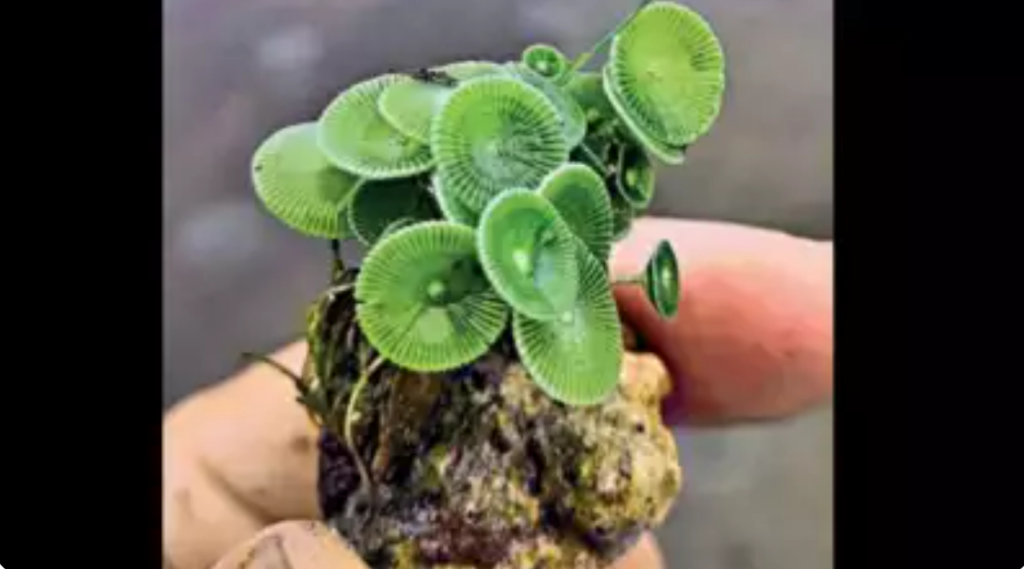Hidden Wonders Revealed: New Algal Species Found in Kerala’s Western Ghats
Some proud names behind this great find are Merin Grace Jiji, Binoy T. Thomas, & Thomas V.P. Their trip in the Kumbhavurutty forests of Kerala’s Kollam district unearthed this new algal species. Named Oedocladium sahyadricum, these algae increase the already rich biodiversity of the Western Ghats.
Oedocladium Sahyadricum’s Distinctness
Various features set Oedocladium sahyadricum apart from other forms of algae. One key feature is that it is dioecious, meaning separate individuals produce either male or female reproductive organs. This terrestrial alga prospers best on damp soil and forms a soft green carpet which turns yellowish green as it matures. Interestingly, it is most plentiful during monsoon season, thereby indicating some dependence on specific environmental conditions.
The Alluring Western Ghats: A Coffers of Biodiversity
The Western Ghats, extending up to an altitude of 1,600 km along the western Indian coastline, are not just another mountain range but a life-generating form that forms a part of the teeming Earth energy, even older than the Himalayas.
This area has been categorized as one of the eight most prominent biodiversity hotspots around the world, with rich diversities of both animals and plants. It is good to note that the area consists of over 7400 species of flowering plants and many species of mammals, birds, and amphibians to show that nature pays back in kind.
Many endemic species, which are unique to this region and nowhere else on earth, comprise a significant proportion of its inhabitants. These mountains help influence weather conditions nationwide because they block monsoon winds.
Anamudi Peak in the southern state of Kerala, the highest summit in South India’s Western Ghats, which is at a height of 2,695 meters, provides a viewpoint like this great work from the top of it and looks down upon it.
In addition to this, the ‘Valley of Flowers’ witnesses periodic explosions when it comes to colorful blossoms, making it even more apparent how beautiful these western ghats can be. The World Heritage Committee, recognized by UNESCO in February 2012 for its exceptional biodiversity value and presence of numerous species with restricted distributions, declared it a World Heritage site.

The Discovery’s Importance
Oedocladium sahyadricum, one of the species discovered in the Western Ghats, underlines the need for sustained exploration and research in this part of India. This largest ecosystem surely possesses many more veiled marvels waiting to unfold. Understanding these peculiar organisms can expand our scope of knowledge about algal diversity and their potential ecological functions.
Additionally, studying the specific characteristics of Oedocladium sahyadricum might create a path toward future scientific applications. Algae, as known, have enormous potential in many fields, including medicine, agriculture, and biofuel production. This discovery thus holds immense significance.
Oftentimes, they have left even those most passionate of them, the researchers and vertebrate naturalists, as they are called, mesmerized as the western ghats continue to do till the present moment. Every finding only emphasizes how precarious the connections that make up the densely woven fabric of biotic interactions are, and why one should never try to meddle with it. It becomes the question of saving not only this fauna and this flora but also the right of generations to the existence of a prosperous, developed, and diverse world which they by rights should possess. Ironically, it is home to several useful forms of life, which is why preserving this invaluable part of our environment counts in any given way for our earth.


